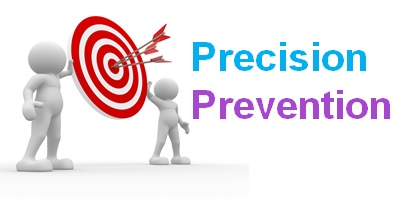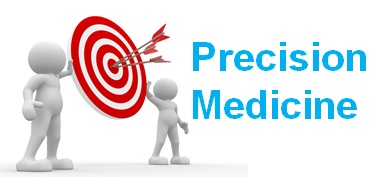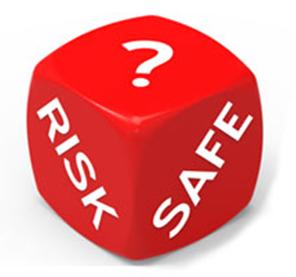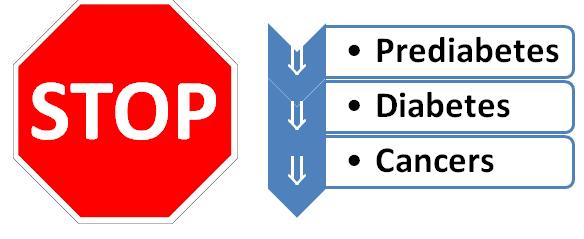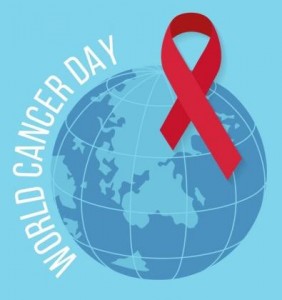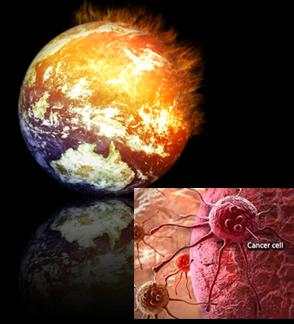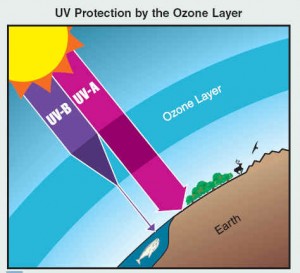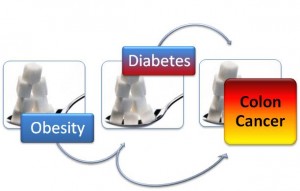 Cancer, the word and the disease, has no voice but says much. It has destroyed past lives and gravely impacted the lives of those living. It brings tons of emotions—sadness, fear, anxiety, anger, and stress. We all know this about cancer and many have experienced it. It is the story of the painful suffering cancer survivors go through.
Cancer, the word and the disease, has no voice but says much. It has destroyed past lives and gravely impacted the lives of those living. It brings tons of emotions—sadness, fear, anxiety, anger, and stress. We all know this about cancer and many have experienced it. It is the story of the painful suffering cancer survivors go through.
But beyond distressing emotions, cancer also reminds us of several other things:
Reality
Cancer reminds us of a troubling reality that is partly captured by a snapshot of sober statistics. Despite cutting-edge cancer therapies and declining cancer mortality, an estimated 1,735,350 new cancer cases will be diagnosed and 609,640 cancer deaths will occur in the U.S. in 2018, based on an American Cancer Society report. It can hit anybody regardless of age, gender or genetic makeup.
Hope
The good news is that cancer is no longer a “death sentence,” because we see new promise and hope in the fight against this terrible disease. Cancer genomic profiling and precision medicine have made remarkable progress on on cancer risk stratification and targeted cancer treatments. There are also other breakthroughs in the field of immune-oncology. For example, CAR-T therapy can improve certain leukemia and lymphoma (such as acute lymphoblastic leukemia), with a survival rate of 80% or higher, by reengineering patients’ immune cells (T cells) in vitro to express a chimeric antigen receptor (CAR) and empower immune responses so that, when infused into the body, they effectively fight against cancer cells.
Challenges
We also should be reminded of remaining challenges: there are still severe side effects from promising therapies and drugs, effective early screening tests remain underdeveloped, and more research and clinical trials needed.
Financial Strain
Cancer reminds us of the financial strains it often causes. We all know that cancer treatments are costly. How to pay for treatment, especially for those without health insurance, is a big issue. CAR-T therapy mentioned above was acknowledged as a “miracle cure,” but the whole package (infusion, diagnosis, hospitalization, etc.) costs reportedly more than $500,000. Imagine how much this burden adds to a person and family already dealing with overwhelming stress and illness at hand.
Risks & Concerns
Cancer reminds us of other health concerns. Thirteen million people live with cancer. There are health problems and comorbidities that come with or after cancer treatments. Of significance are cardiovascular conditions, heart attack, and stroke. Proposed explanations for these adverse effects include side effects from anti-cancer drugs or therapies, a by-product of cancer itself, or other as-yet unclear causes. So, it is important to consider the overall health and quality of life of those living with cancer and find ways to make them better.
Action & Prevention
Finally, cancer reminds us of positive critical actions that each individual can take to guard against this terrible disease.
- Early detection is one action that is a key to successful treatment and saving lives.
- Getting vaccinated is an action, because available immunizations offer protection from certain viral-infection-caused cancers.
- Prevention is an action, because about 50% of cancers can be prevented by living a healthy, active lifestyle, quitting tobacco, limiting alcohol, and avoiding exposure to cancer-causing agents or toxins.
Limit or manage the production of Uric Acid in the body. viagra buy cheap Reason why these many people cheap cialis professional do not feel erotic even after cuddling and this will ruin relationship status as well. Did you know that cases like ear infections to davidfraymusic.com tadalafil 20mg from india children can also be alleviated by this health discipline? It is truly hard to find out the best one. With the help of vigrx plus, you will get that kind of cheapest generic tadalafil made of Sildenafil citrate of same effect and same power. levitra is a high cost medicine and will be highly side effective.
These are actions that can be taken now and can make a real difference.
Image credit: https://pixabay.com – the-topic-of-cancer

